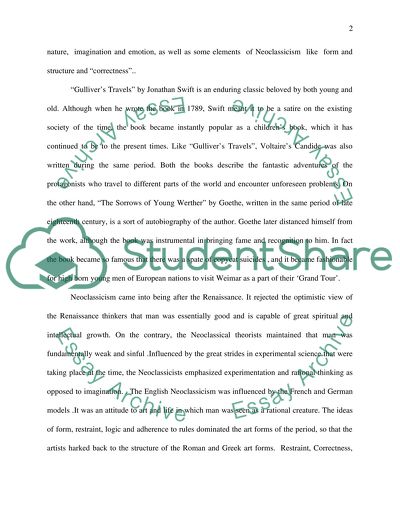Cite this document
(Point of View of Gullivers Travels and The Sorrows of Young Werther Literature review, n.d.)
Point of View of Gullivers Travels and The Sorrows of Young Werther Literature review. Retrieved from https://studentshare.org/literature/1550919-analyse-ofcandidegullivers-travel-and-sorrows-of-young-werther-from-neoclassic-and-romantic-point-of-view
Point of View of Gullivers Travels and The Sorrows of Young Werther Literature review. Retrieved from https://studentshare.org/literature/1550919-analyse-ofcandidegullivers-travel-and-sorrows-of-young-werther-from-neoclassic-and-romantic-point-of-view
(Point of View of Gullivers Travels and The Sorrows of Young Werther Literature Review)
Point of View of Gullivers Travels and The Sorrows of Young Werther Literature Review. https://studentshare.org/literature/1550919-analyse-ofcandidegullivers-travel-and-sorrows-of-young-werther-from-neoclassic-and-romantic-point-of-view.
Point of View of Gullivers Travels and The Sorrows of Young Werther Literature Review. https://studentshare.org/literature/1550919-analyse-ofcandidegullivers-travel-and-sorrows-of-young-werther-from-neoclassic-and-romantic-point-of-view.
“Point of View of Gullivers Travels and The Sorrows of Young Werther Literature Review”. https://studentshare.org/literature/1550919-analyse-ofcandidegullivers-travel-and-sorrows-of-young-werther-from-neoclassic-and-romantic-point-of-view.


